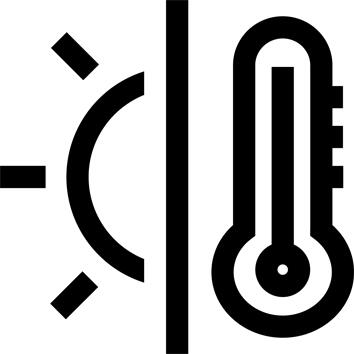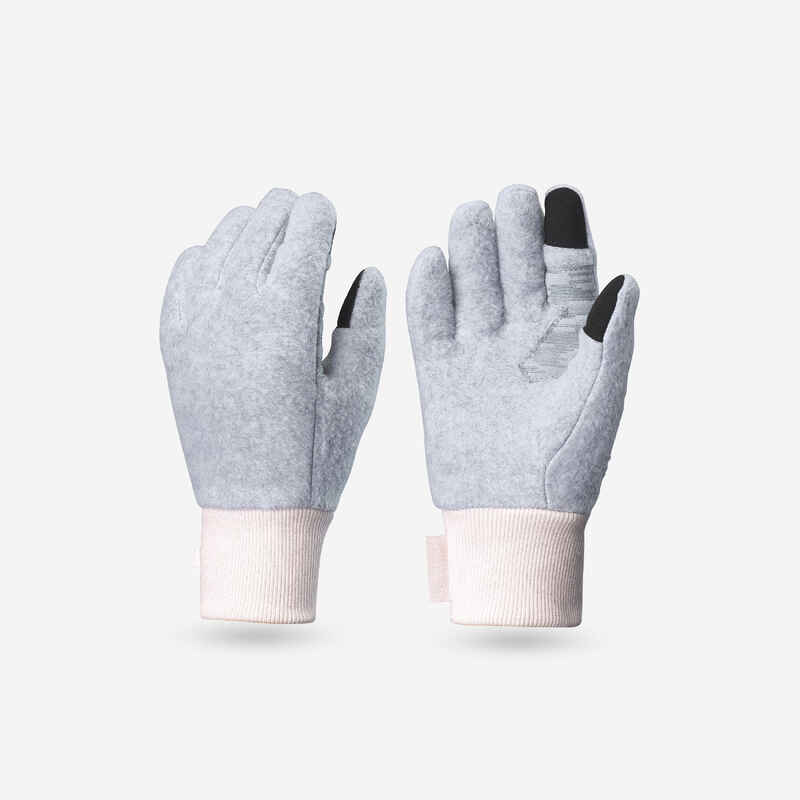How will these gloves keep my kids’ hands warm?
We carry out thermal tests based on skin temperature taken from the finger, and capture the thermal comfort feeling from the child depending on the glove worn and the outdoor temperature. This is based on skiing and hiking activity.
The temperature range is calculated to give 70% of users a comfortable thermal feeling.
How does the fleece protect you from the cold?
Fleece is designed to trap air thanks to the volume created by its texture; this air acts as a natural insulator, keeping the body warm. It is the brushing of the knit fabric that traps the air.
How to properly protect your hands from the cold
In the same way you wear several layers of clothing when hiking, you can wear liner gloves under your gloves that will act as a thermal base layer. This multi-layer system lets several layers of air to form around your hands, efficiently insulating them from the cold!
Remember to wear large enough gloves to avoid your fingers being constricted. Compression reduces blood circulation that could make your hands colder.
How to keep your hands warm with the right clothing
When active, the body generates heat which is preserved thanks to the thermal insulation of your clothing. If the clothing is inadequate, your body cools and the blood flow to the hands and feet drops in order to keep your upper body warm. Your outfit therefore has a role to play in keeping your hands as warm as possible.
If you’re unsure about size, it is always better to choose a pair of gloves that are slightly too big than too small.
Got your liner gloves caught in the rain?
If this happens then dry them in a dry place but avoid placing them on a heat source. This could damage the fibre and they could lose their shape!





















